Last Updated on July 30, 2021
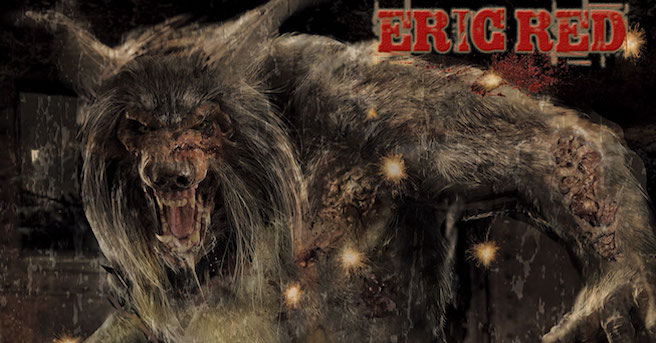
One of the perks of my 2013 summer was reading my bro ERIC RED’s THE GUNS OF SANTA SANGRE (which was re-released in March BTW ). A grisly, mean spirited and action packed book (read Jake Dee’s review here). On August 1st 2017 the sequel to that bad-boy THE WOLVES OF EL DIABLO (PRE-ORDER IT HERE) will gore up book shelves around the world (expect a review of it on the site soon). I recently managed to fire a couple of questions Red’s way about his upcoming novel and the impending third chapter of his “Men Who Walk Like Wolves” trilogy – here’s what he gunned back at me!
“The Wolves of El Diablo” is a Western and a werewolf story rolled up in one. So what would say is your favorite Western flick and you fav werewolf film? And your movie Bad Moon is not an option ☺?
My favorite western is The Wild Bunch. The Searchers, The Magnificent Seven, Once Upon A Time In The West, and the original True Grit are others. Bad Moon aside, don’t really have a favorite werewolf film. I guess if I had to pick, it would be old Universal The Wolfman with Lon Chaney Jr. because the Lawrence Talbot character is so classically tragic and the actor played him with such pathos. In my opinion, and people may disagree, there have not been a lot of good lycanthrope flicks throughout movie history—you’d think there must be because werewolves are so iconic a film monster but when you think about it there really aren’t, even if some have terrific special makeup effects. Werewolf films are kind of a lousy movie genre.
“The Wolves of El Diablo” is a sequel to your badass book: “The Guns of Santa Sangre”. How does the follow up differ from the first installment?
The first book was mostly set in a Mexican village in the 1800s where three American gunfighters, Tucker, Fix and Bodie are recruited by a peasant woman named Pilar to protect her town from a pack of werewolves who are Mexican bandits in human form led by a jefe named Mosca. The heroes end up kicking serious lycanthrope ass. The second book begins a month later during the next full moon where the three gunslingers rob a steam train loaded with silver protected by Mexican soldiers. The cowboys don’t know that Mosca, the leader of the werewolves they killed in the first book has a bloodthirsty vengeful bandit sister named Azul out for revenge. She and her wolf men ambush the heroes during the train robbery. Before long, the three gunfighters find themselves fighting fifty werewolves on a highballing stream train in the middle of the Mexican desert.
I like to say, using a movie analogy, The Wolves Of El Diablo is to The Guns Of Santa Sangre what Aliens was to Alien: More action, more werewolves, more silver bullets, bigger weapons. It’s a high-octane action novel. Do readers need to read the first book to fully appreciate the second one or can they go straight to Wolves? The Wolves of El Diablo can be read by itself if you haven’t read The Guns of Santa Sangre. It’s important in writing a book series that readers can start with any book in series and enjoy a self-contained complete reading experience. The trick for the author is to let them know what happened in the story up to that point without revealing too much that it would ruin the past books when they read those. The Wolves of El Diablo recaps the basic events of The Guns of Santa Sangre just enough so you know what’s going on but doesn’t give away too many spoilers.
“The Guns of Santa Sangre” was a very grisly and at times mean-spirited (in terms of the werewolves cruel behavior) book; did you up the ante even further on this second one?
Of course the werewolves were mean-spirited—THEY’RE WEREWOLVES! If you want warm and fuzzy PC werewolves read Twilight. I wanted to take werewolves back to classic monstrous beast and to do that had to go for the jugular. In writing the book, I wanted the reader to hate the wolf men so much they rooted for the gunfighters to take them out so the ending was a catharsis. A western is only as good as how much you root for the good guys to get the bad guys. The sequel is a hundred times bloodier that the first book and incredibly gruesome and violent—there’s fifty werewolves this time!
But the villainess Azul is a werewoman and the peasant woman Pilar is more proactive in the action this time, so with the female-centric focus of the sequel the second book seems less cruel and the werewolves’ cruel behavior more palatable. It’s funny, people who have read The Wolves of El Diablo have been telling me how much they like the werewoman Azul even though she is much more brutal and savage then her brother Mosca was in the first book. We get to know her during the story and understand the things that made Azul the way she is. Plus she’s a total badass. I find it interesting how in books and movies how women can get away with doing worse things than men and still retain sympathy just because of being female.
You’ve written sequels as a screenwriter (Lost Boys 2, Flatliners 2); what would you say are your key rules when it comes to writing a competent follow-up?
At the risk of sounding simplistic, a sequel has to be the same but different. In a sequel, I try to deliver the same stuff people loved in the original but more so and give it a new and different spin. And in a sequel it is essential to continue on with the same main character so people have that comfortable familiarity and emotional connection with the good guy (or in some cases the bad guy if the sequels revolve around the heavy as horror often does). Years ago, Fox hired me to do a draft of Alien 3 but the studio didn’t want to pay Sigourney Weaver so Ripley couldn’t be in the script, and it was impossible. The script was a piece of garbage and I disowned it. On the other hand, when Warners hired me to write Lost Boys 2, Joel Schumacher’s concept was to show how the vampire boys in the first film got that way, so my script was a prequel origin story and it was terrific.
The sequels of my book The Guns Of Santa Sangre, the whole The Men Who Walk Like Wolves series, follow the main heroes from adventure to adventure. And it will continue to do so if the epic saga continues after the third book in the trilogy that completes the first story cycle. What are the main differences between writing a novel and writing a screenplay? It’s a lot more work. A novel is three to four times as long as the average screenplay, just for starters. The thing I really enjoy about writing novels is I have a lot more storytelling tools available to me than in a script, from styles of prose, to different voices, to being able to get inside the characters heads and tell what they are thinking, to writing highly immersive description passages. In a screenplay I’m basically limited to action and dialogue, although the narrative structure can be similar in both a novel and a script. Also, a screenplay isn’t really a “thing” in itself—it’s a blueprint for a movie that depends on the realization. When a novel is finished, it’s done, there to be read. That’s very satisfying.
Tell us a little bit about your writing process. How does a day of work at Eric Red’s house go down?
My daily routine is the same six days a week: I’m up at 5:00 AM. Have a cup of coffee. Hit the gym and do the treadmill and lift weights for an hour or two. Then I start writing and quit in the late afternoon. Working out is very important to me because it gets my brain going. I get a lot of ideas in the gym. Exercise also builds writing stamina. I recommend it to all writers. Your beverage of choice while writing is? Coffee in the morning. Coca-Cola in the afternoon.
Word has it that this will be the second installment of a trilogy. When will the third and final book in this series “The Claws of Rio Muerta” be released?
Next year, 2018. What can you tell us about the latter’s storyline without spoiling too much? The Claws of Rio Muerta is the final showdown and ultimate reckoning between the cowboys and werewolves. The book is set in a silver mining town in the remote Mexican desert called Rio Muerta that is briefly introduced in the second book. The place has the flavor of the American frontier boom towns of Tombstone and Dodge City but werewolves run it. Each of the books in The Men Who Walk Like Wolves series takes place in a different realm: the first was a Mexican village, the second a steam train, the third is a Tombstone-like mining town. And the last book will be a familial story about two different families: the four gunslingers not related but joined by friendship, and a family of werewolves joined by blood but undermined by their own destructive lycanthrope nature as they struggle to define their pack.
The third novel has fewer characters than the first two books and is more intimate and character-driven but action fans won’t be disappointed. The last book in the trilogy ties everything together and brings closure to the whole saga. They say that writing a sequel is hard but that taking on a third installment is even harder. What have been the challenges in terms of penning this third book thus far? The third book has been easier than the sequel actually, because the characters have evolved to such a degree. Once I started thinking in terms of a trilogy, storylines just naturally developed across the three books, so that things set up in the first book pay off in the third, and things in the second book tie back to the first book, and so forth.
What’s next for you book wise? What else can we expect from you in the near future?
Next up for me is a straight period western book series for a major publisher coming out everywhere in 2018 called The Joe Noose Westerns. It follows the action-packed adventures of a tough cowboy in 1800’s Wyoming. I just finished and delivered the first book Noose and am working on the sequel, Hanging Fire, now. Fans of both westerns and action should really enjoy these. They are both gritty high octane chase books, and have the tone of a western movie I did for HBO called The Last Outlaw with Mickey Rourke. You’re working in both the film industry and the publishing world. What are the similarities and the differences? There are fewer moving parts in publishing business than they are in the film and TV business, I’d have to say. That said, it’s taken me a lot longer to get established as an author than it did as a screenwriter. Back in the 80s, The Hitcher was an instant sale and I was an overnight success. Conversely, I’ve written six published novels and am only now breaking into the major publishers and finding my readership, so I’ve seriously had to pay some dues as a novelist. It’s been a humbling experience as a writer. But I love it and wouldn’t give up writing books for the world.
Describe “The Wolves of El Diablo” in 5 words.
Cowboys versus werewolves on a train. OK, that’s 6 words.


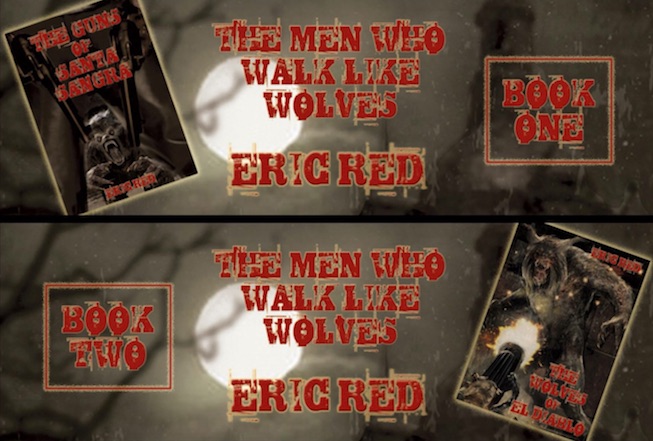
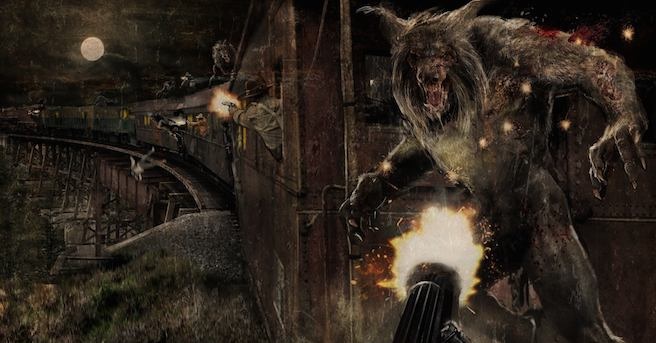
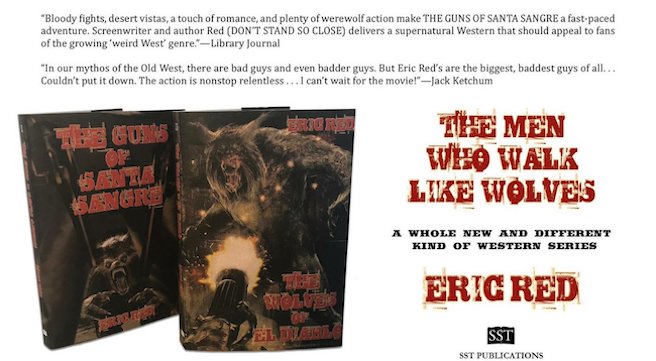
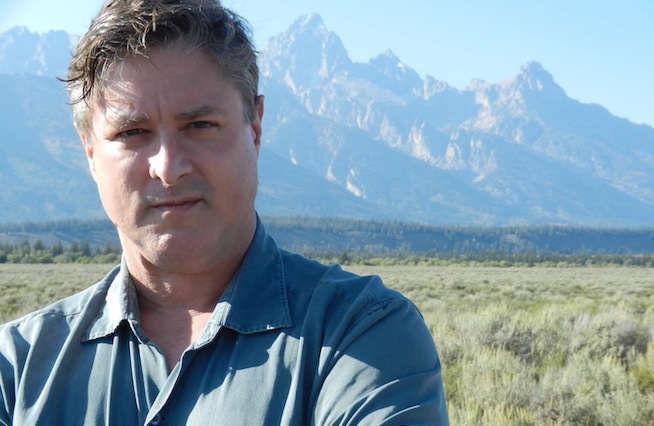
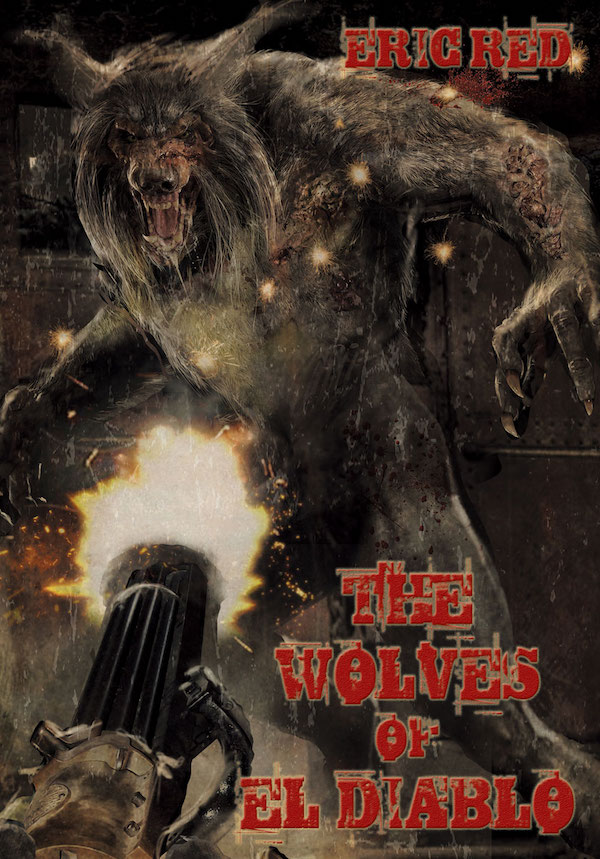







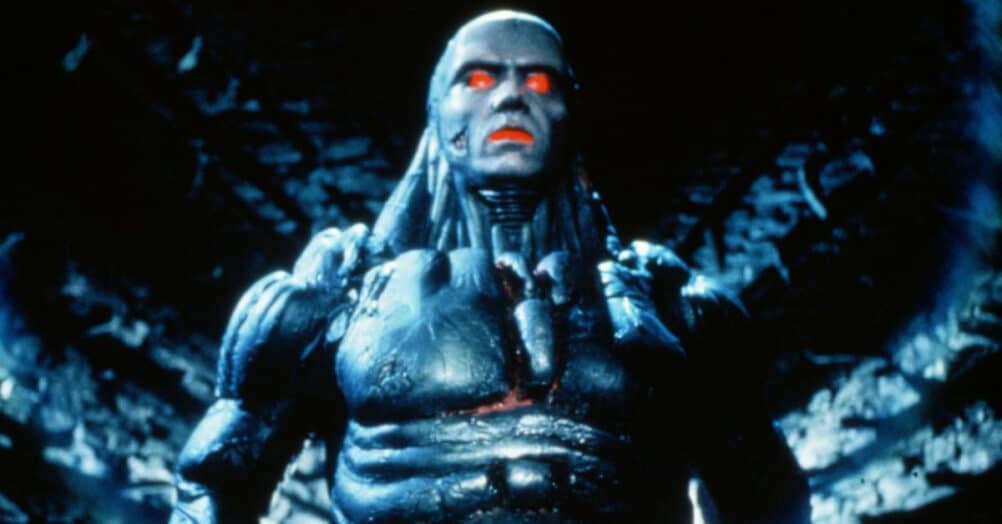
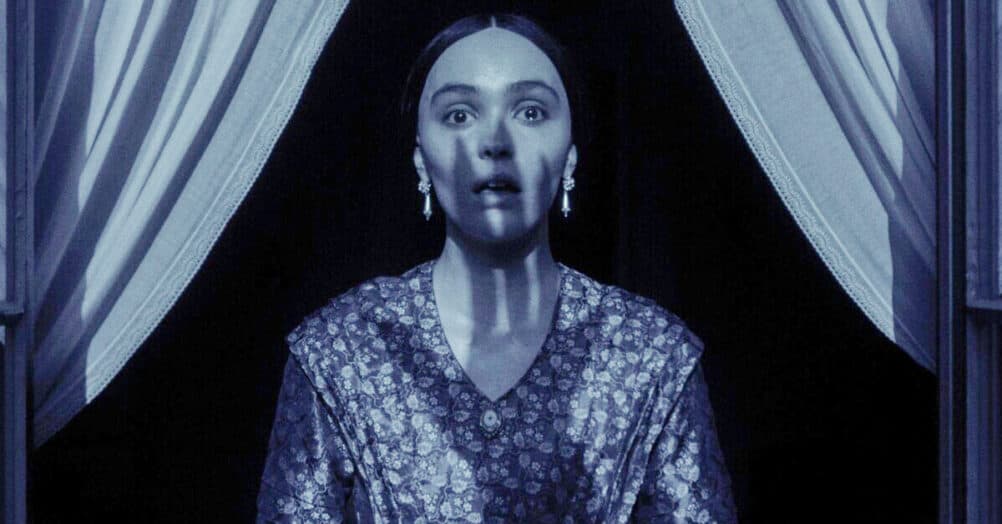





Follow the JOBLO MOVIE NETWORK
Follow us on YOUTUBE
Follow ARROW IN THE HEAD
Follow AITH on YOUTUBE